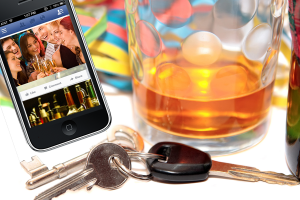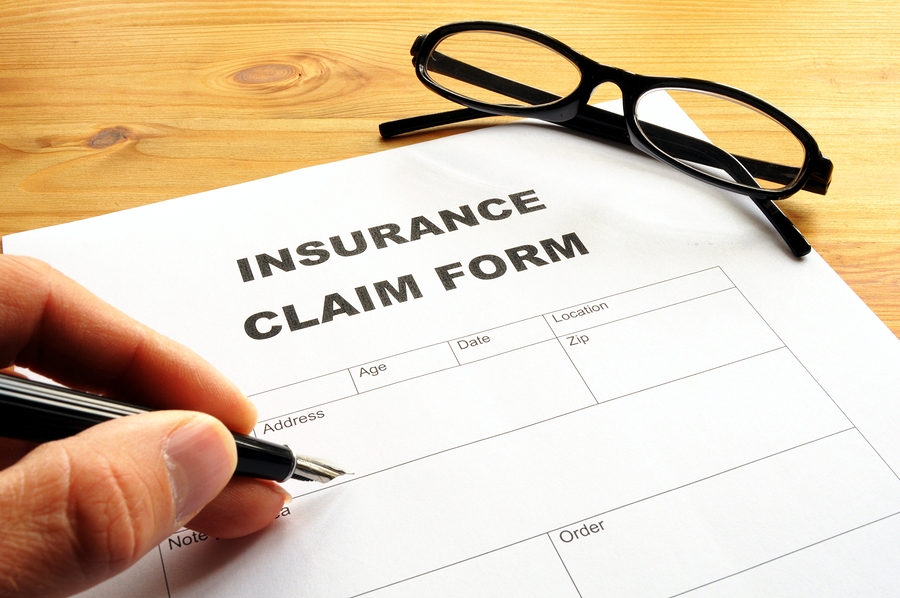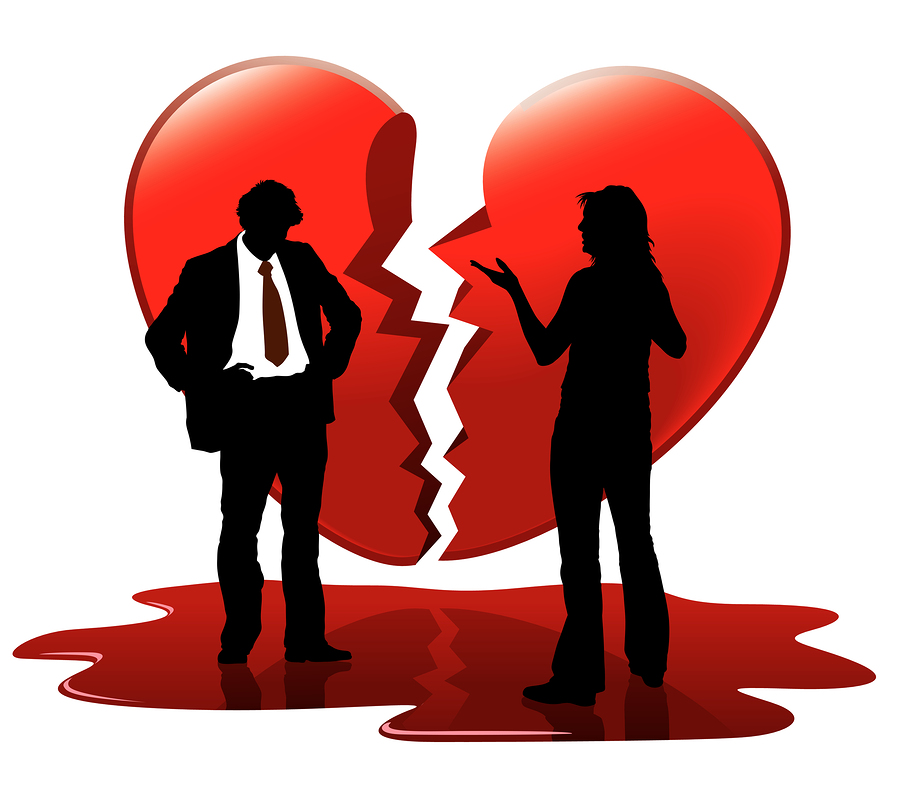 I am handling a car accident case caused by a drunk driver in her twenties.
I am handling a car accident case caused by a drunk driver in her twenties.
She was careless and ran a red light going so fast that she actually caused the SUV that my clients were driving to flip over. She had been to a bar, had too much to drink, drove, and caused a terrible accident. She has wreaked havoc on my clients’ lives, as they continue to heal and try to recover from devastating injuries. But that is only part of the story because to add insult to injury, this young woman has continued a life style of drinking and partying which started up again almost immediately after causing this hurtful accident. How do we know this? This woman has posted dozens of photos of herself out partying and drinking at bars with friends on Facebook. If these photos are allowed in at trial, they could be used as compelling evidence against her. Beyond the trial, they are upsetting to my clients, who are still receiving medical treatment for their injuries caused by this woman’s recklessness. They cannot fathom how she can be out there posting pictures of herself galavanting about without regard for the harm that she has caused them. This woman’s blatant disregard for drinking and driving is compounded by her reckless disregard for the consequences of her postings on social media, and her obliviousness to the fact that these postings might also be used against her in a court of law.
Imagine having just a single phone line at home, a rotary dial, and when you wanted to talk to a friend or loved one, you had to wait patiently as each number wound its way around the dial before you could insert your finger into the round hole to dial the next one.
Imagine having to sit down and write a letter to friends far from home – or having to use erase strip tape or white out if you made a mistake or wanted to make changes of any kind. Imagine having to go to a copy store and pay for duplication. Imagine having to take your time to think about what you are going to say or show before you sent out a message or posted a photo or video.
When I was growing up in the sixties and seventies, there were no cell phones, laptops, Blackberries, Palm Pilots, iPads, emails, or even desktop computers. Imagine what life in our household was like: There were six children in my family, eight of us in all – and on any given day, one of us had a crisis to deal with, information to relay, directions to give, or instructions to dictate. Indeed, we shared one line and I even completed my application for admission to Vanderbilt University by hand! My mother, being the one who normally put out the fires and catered to our needs, certainly had her hands full. With no Internet or other tools to help her out, she had to come up with the solutions and answers to everything on her own.
Meanwhile, my father – a physician – was one of a few to carry a pager, the only device of its kind back then. I remember that during the weeks that he was on patient call, we would hear his pager go off and he would have to get to a phone to call his answering service and write down the number of the doctor, nurse, pharmacist, or family member of a patient who was either in the hospital, heading to the emergency room, or in need of medical advice. While he was fortunate to be one of the few community members with a pager (and a fax machine at his office) because he was a physician, the lack of instant communication was just a way of life.
Fast forward to today: We are in a “computer” age of DSLS and high speed wireless Internet connections.
We can relay information at the speed of light and we are emoting instantly without regard for consequences. So often, the peskiness of conscience and thought do not impede our ability to communicate hostile, confidential, inappropriate, hurtful, private, or proprietary information. It is all just so fast that a whole new world of electronic discovery and e-evidence has emerged as the guardian light in the prosecution and defense of civil, criminal, domestic, divorce, and commercial litigation.
I attended a continuing legal education seminar at the Princeton Club in New York City and I learned how easily these communications are being used to “discover” facts and get to the truth in a legal dispute. Indeed, whole new fields of computer forensic businesses have popped up all over the country. In litigation, anything is discoverable that is likely to lead to admissible evidence. Federal laws, with state laws not far behind, are being enacted to account for the preservation, exchange, and disclosure of crucial e-evidence, to protect against the inadvertent discovery of e-evidence that should not have been exchanged to the other side, and the punishment and sanctions to be used when a party, and his or her lawyer, allows e-evidence to be destroyed or altered and kept from the other side. This is serious business. If you doubt it, just check out the website www.smokinggun.com
The time it took to actually write a letter and edit it, or to dial a number on a rotary phone, often acted as a cushion against the wrong information from being “sent” and communicated. The cost to develop 24 or 35 pictures on a roll of 35 mm film also slowed down any widespread distribution of damaging photographs. The same was true with film and video. So, my advice: edit your thoughts, think before you write, stop before you hit “send,” process your thoughts, and take the time to evaluate your own good conscience and common sense before disbursing information, photos, and other media out in to the world. Otherwise, your postings may become admissible damaging evidence used by “the other side” to help them prevail in a case against you.
Read more blog posts by Elizabeth Citrin, defense attorney and legal consultant.





